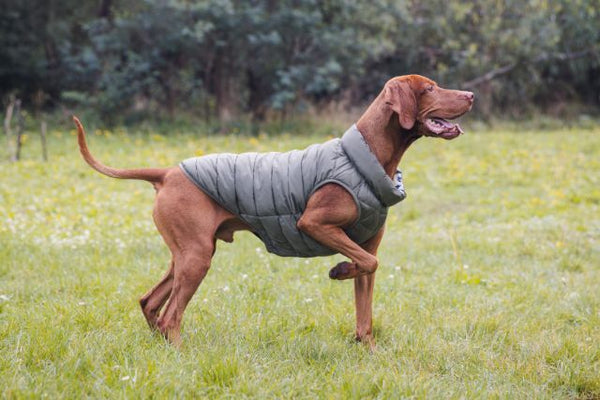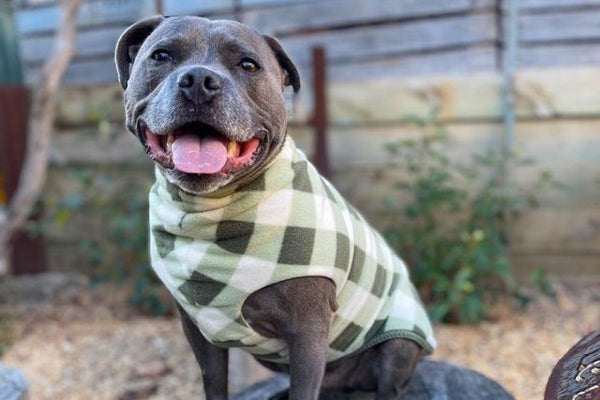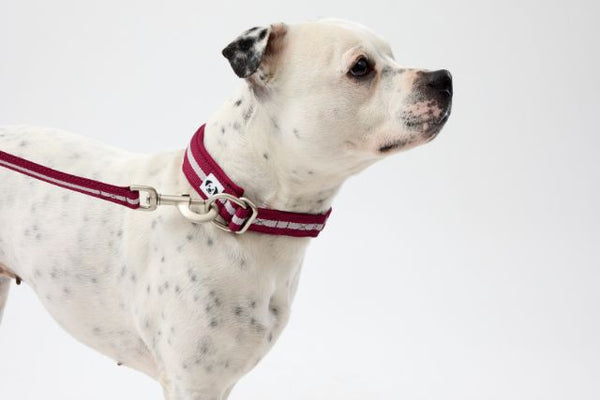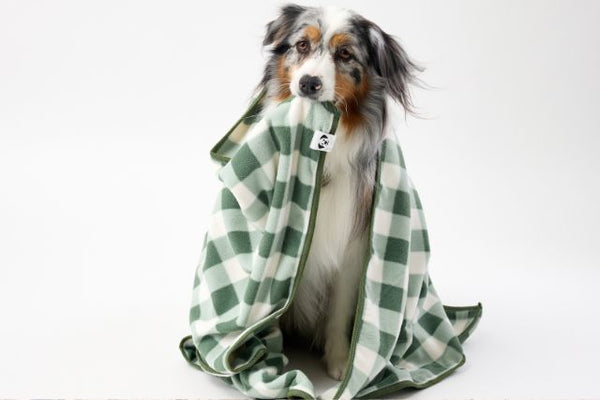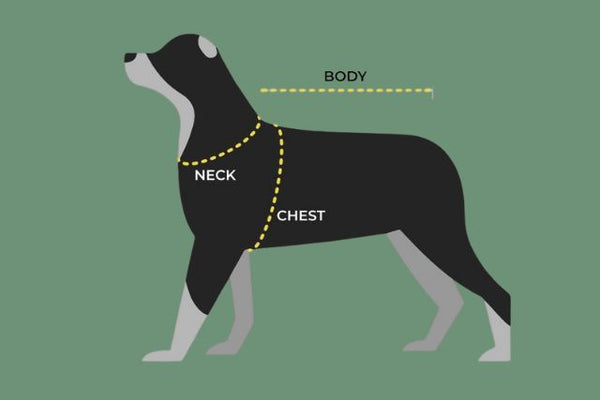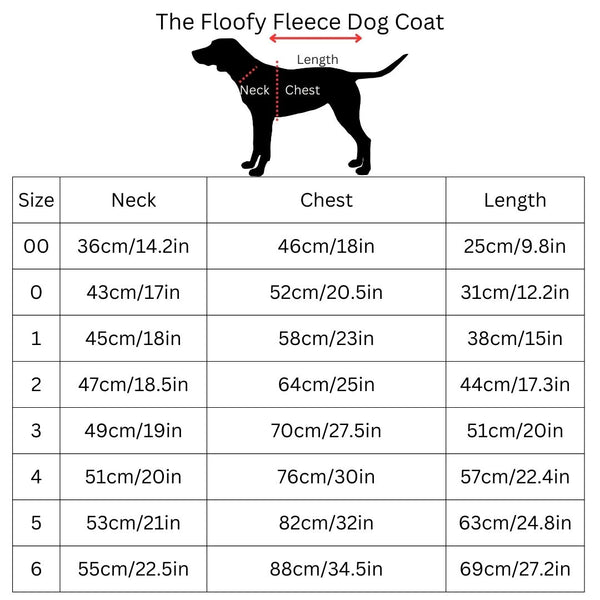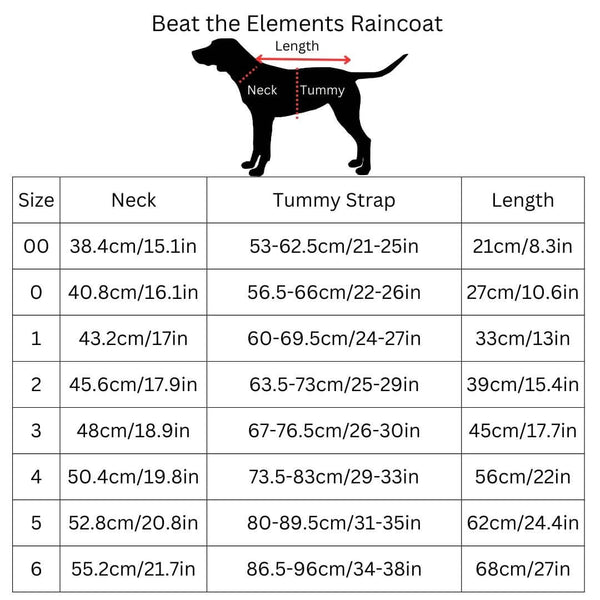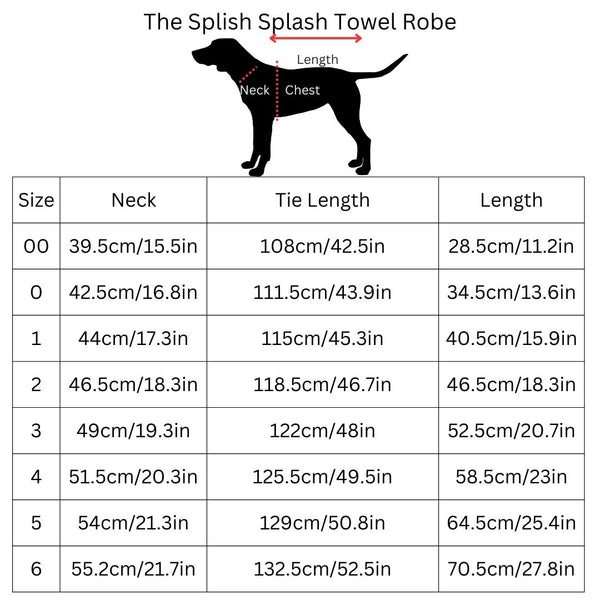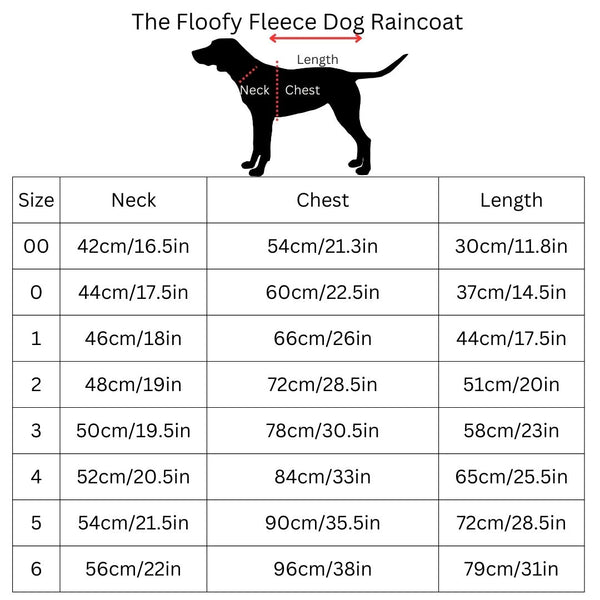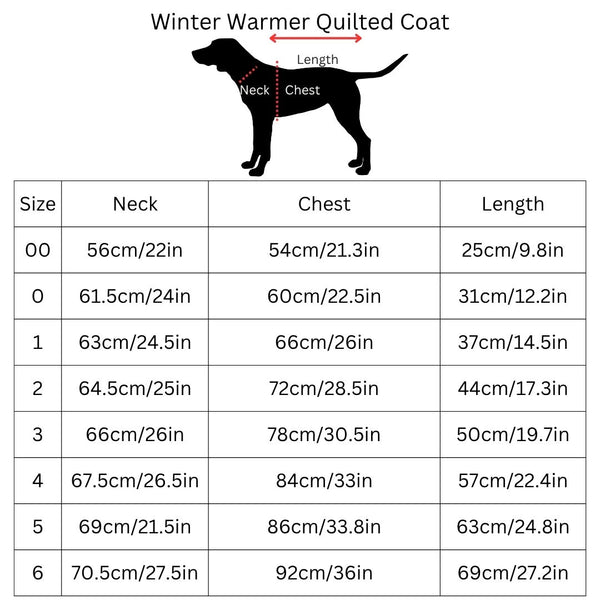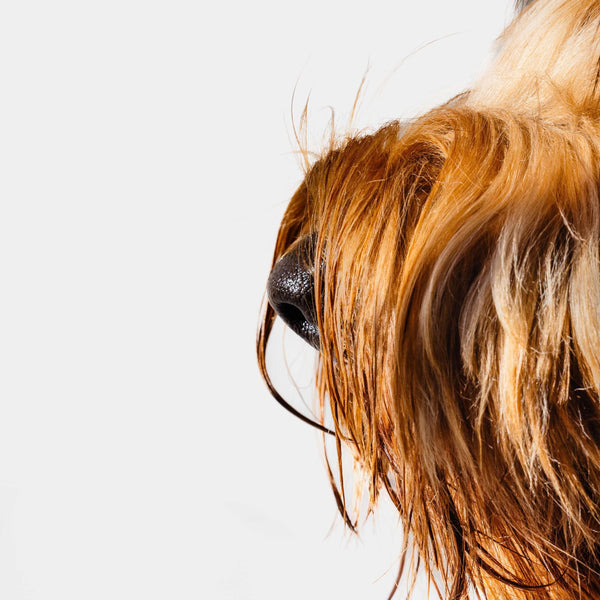
Snoot Facts
How much do you know about you dog’s nose?
We’ve put together some fun and interesting facts to help you better understand how your dog sniffs the world around him.
How strong is a dog's sense of smell?
Dogs can smell up to 100,000 times better than humans. Not only do dogs have hundreds of millions of scent receptors compared to our six million, but they also devote approximately 40 times more brain volume to decoding smells than we do. A dog’s sense of smell is so sensitive and powerful that dogs are used to detect diseases like diabetes and cancer and help law enforcement and military sniff out narcotics and bombs.
What can a dog's nose do?
A dog’s nose has two functions—smelling and breathing. They can separate the incoming air into a portion that goes directly to the olfactory sensing area (which distinguishes scents), while the other portion is dedicated to breathing.
Dogs can breathe in and out at the same time. Dogs’ noses are designed so that air can move in and out at the same time, creating a continuous circulation of air, unlike humans who must either breathe in or out only.
Wet noses help capture scent. Having a wet nose helps dogs capture tiny scent particles which increases a dog's ability to detect the smells. Just as a wet cloth picks up dust better than a dry one. Dogs also frequently lick their noses, which helps to keep them wet and allows them to smell and taste simultaneously.
Dogs smell in 3-D. Dogs can smell separately with each nostril. Just as our eyes compile two slightly different views of the world, and our brain combines them to form a 3-D picture, a dog’s brain uses the different odour profiles from each nostril to determine exactly where objects are located.
Are all dog noses unique?
One other fascinating nose fact is your dog’s nose print is as unique to him as your fingerprint is to you. Canine nose prints used to be accepted as proof of identity, which has now been replaced by microchips.

Go for a Sniffari!
A simple way to engage your dog’s sniffing abilities is to take them on a scent walk. Instead of having a specific destination, a scent walk allows your dog to interact with their environment as your dog absorbs and processes the scents along the way. It’s easy to take a scent walk. Just set off on a path, and when your dog stops for a sniff, let him.

